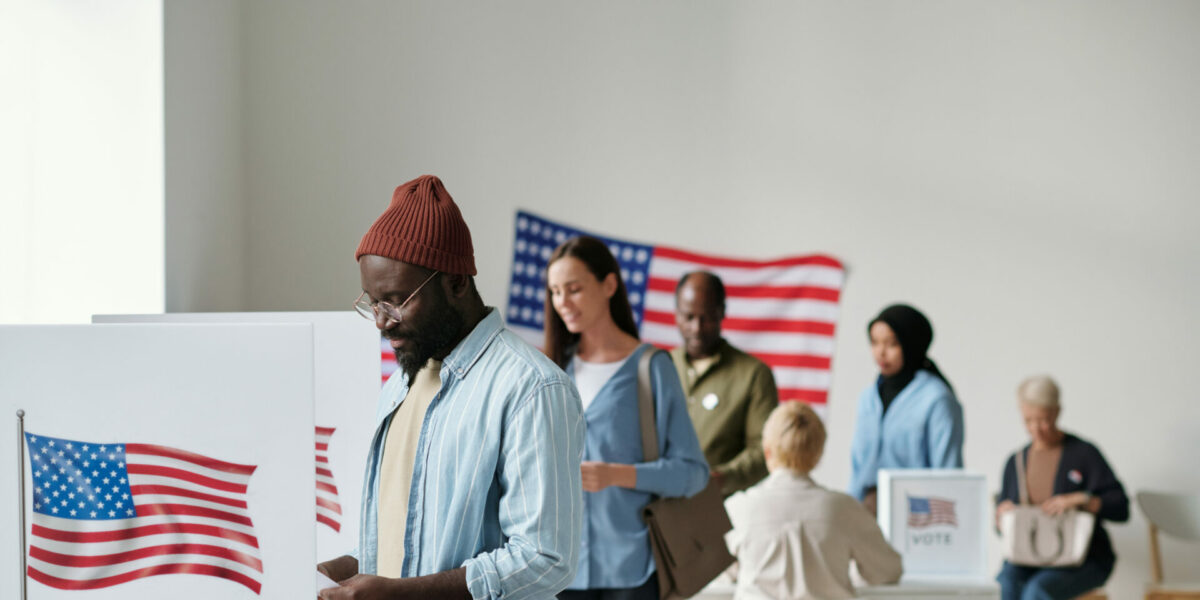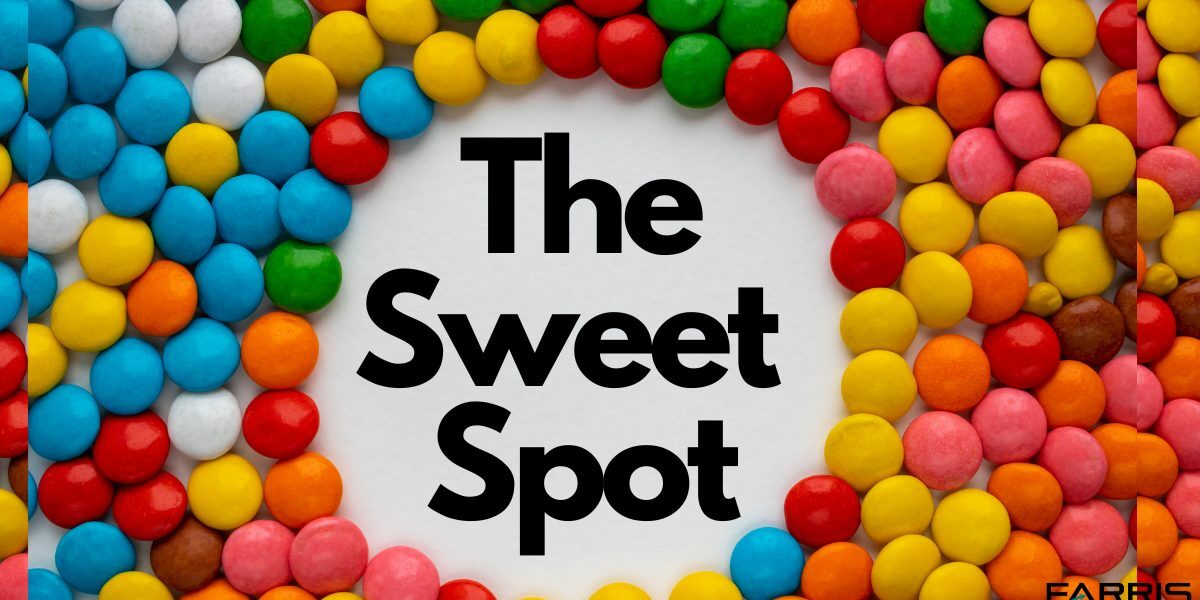“Papa! Papaaaa!” pleads my two-year-old grandson Nico. He’s standing on the edge of the pool. I’m in the pool, treading water.
He’s getting ready to jump in but he wants me to climb out of the pool and jump with him — as we’ve already done 23 times in the last 24 minutes.
He’s smiling and is as excited about this jump as the first one. Me — I’m gassed. “What do they feed this kid?” I’m wondering.
So I try to sell him on a break. “Let’s swim around for a few minutes Nico — like the fishies.” No such luck. My Energizer-Bunny-Boy is pointing to the spot where I stand next to him and saying “Papa!”
Suddenly, a look of disappointment comes over his face as he realizes I may not be jumping with him. And that’s all it took.
In two-seconds I am out of the water, crouching next to him and going, “Reeeaddy? Seeettt. Go!” and jumping in again.
Without even knowing it, my grandson was the beneficiary of the strongest marketing motivator — fear. I was afraid to hurt Nico’s feelings, afraid I would ruin his fun, and subconsciously I was probably afraid he would not love me as much if I did not jump with him again.
Fear is the most powerful marketing incentive. I have used it to pass levies. Others have used the fear incentive to sell you everything from vitamins to home radon detectors. Guns, self-defense classes, padlocks, chain locks, security services, alarms are all sold with a heavy fear incentive. Afraid of losing your looks? Being alone? Dying young? There is plastic surgery and personal trainers, beauty salons, dating services and hormone replacement therapy.
But fear is just one of many incentives you can use in your sales and marketing efforts. Free prize was another very popular incentive. Remember Cracker Jacks? To us, it’s just caramel corn and peanuts. But to millions, it was the treat in the box with the free prize inside.
Years ago, Green Stamps and Plaid Stamps were given with purchases at gas stations and grocery stores. You used them to buy merchandise like waffle irons, toasters and tennis rackets.
Coupons are an American standard incentive that have stood the test of time. Look what happened to JC Penny when they tried to get rid of them along with sales events. Revenue dropped 25% and the CEO was fired. Now Groupon, MyValleyDeals and other electronic services offer coupons.
A discount is similar to a coupon and it’s an incentive also.
The higher cause is actually a good incentive also. It can also pass levies, rally us and help us defend our country, our environment and our children.
Peer pressure works for many also. If a CEO reads, “75% of Fortune 500 companies use Brand X.” He is going to investigate Brand X.
Celebrity Endorsements – sadly, we so want to be Like Mike (or any other sports or screens star) we will buy anything he or she recommends.
Do You Need An Incentive?
Here is a rule of thumb — the stronger the differentiation between you and your competitors, the less likely a discount or incentive is needed. But the difference must be important.
Using incentives and discounts has its downside. They will give you business now, but with lower margins. And once you start, you will never be able to stop. Incentives and discounts do not create brand loyalty.
But if you want to move people to action now, they work. Just ask Nico.













Comment